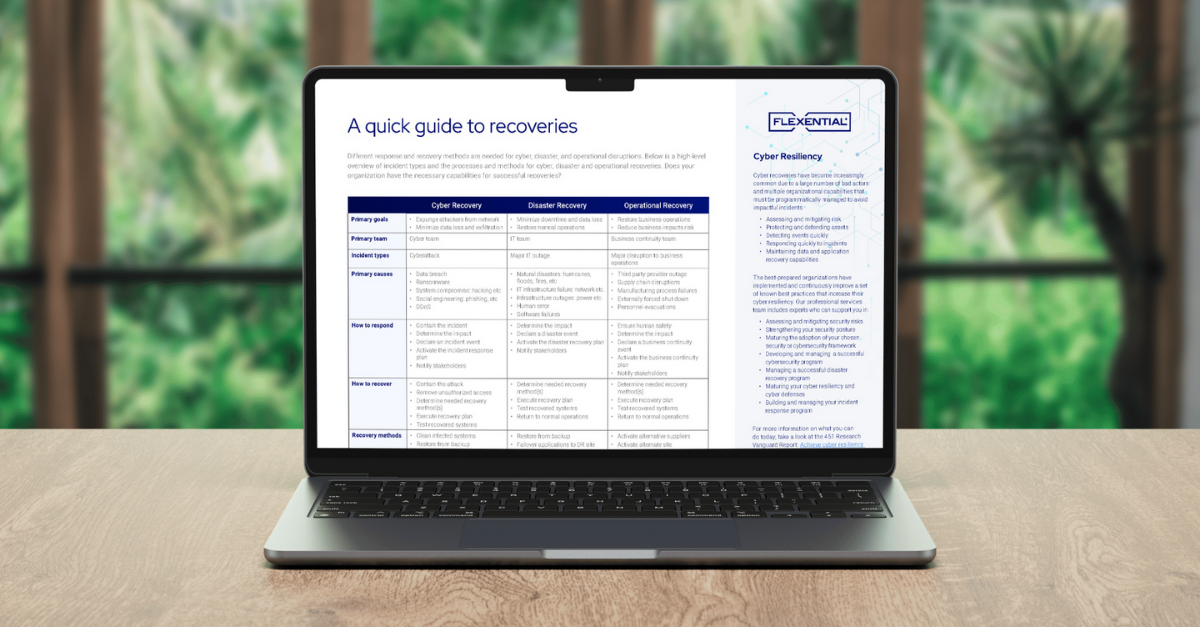Understanding the four key reasons behind cybersecurity breaches
Dive into the critical reasons behind cybersecurity breaches affecting organizations, from opportunistic attacks to absent controls, and learn how to safeguard your digital assets effectively.

Organizations frequently face the daunting question after a cybersecurity breach: “Why us?” The motives behind such attacks are diverse, ranging from the pursuit of notoriety to the theft of valuable personal data. Understanding these reasons is the first step towards fortifying your defenses. Here’s an in-depth look at the most common factors leading to cybersecurity vulnerabilities:
1. Opportunistic attacks: The Internet’s low-hanging fruit
Many unethical entities scour the internet, hunting for vulnerabilities to exploit for data theft or as part of a larger fraudulent scheme. For some, hacking is a form of digital sport, a quest for “internet street cred” achieved through exploiting the “because we can” opportunities. This category includes attackers who operate on the principle of opportunism, targeting any organization with perceivable weaknesses in their digital armor.
2. Targeted attacks: When you’re specifically in the crosshairs
Unlike the broad net cast by opportunistic hackers, targeted attacks are meticulously planned operations against specific organizations. These could be motivated by a range of factors, from the desire for notoriety to accessing sensitive personal or corporate data. Notably, an organization’s social or political stances can also paint a target on its back. Importantly, size doesn’t confer immunity; even smaller entities can find themselves at risk, especially if they’ve had past employee disputes or are in a highly competitive market. Through our daily security support at Flexential, we’ve observed the unfortunate frequency and sophistication of these targeted endeavors.
3. Absent controls: The Achilles’ heel of cybersecurity
Effective cybersecurity hinges on a layered defense strategy, incorporating multiple controls and safeguards to detect, prevent, and mitigate attacks. A breach can often be traced back to inadequate, failed, or completely absent security measures. Having a robust team, either in-house or contracted, is crucial for maintaining these defenses and ensuring the confidentiality, integrity, and availability of your information. Future discussions will delve deeper into the significance of comprehensive security controls and how to implement them effectively.
4. Bad luck: The unpredictable threat of zero-day vulnerabilities
Sometimes, an organization falls victim to a cybersecurity breach through sheer misfortune, such as being hit by a zero-day attack, where vulnerabilities are unknown to those interested in mitigating them. While unpredictable, understanding and preparing for the potential damage of such attacks is crucial in minimizing impact and expediting recovery.
Cybersecurity is not a one-size-fits-all solution but a continuous process of education, due diligence, and adaptation. Engaging in proactive conversations about security, understanding potential risks, and implementing strategic defenses are essential steps in protecting against and responding to cyber threats. Stay informed and prepared by visiting our data protection resources on topics such as security risk assessment, risk profile determination, and best practices in cybersecurity.
Ready to learn more?
Register or watch on-demand: Mastering data protection: Insights for implementing the right data protection strategy for your workloads. We’ll explore how to transform your approach to data protection and get ahead of potential disasters while managing costs.






